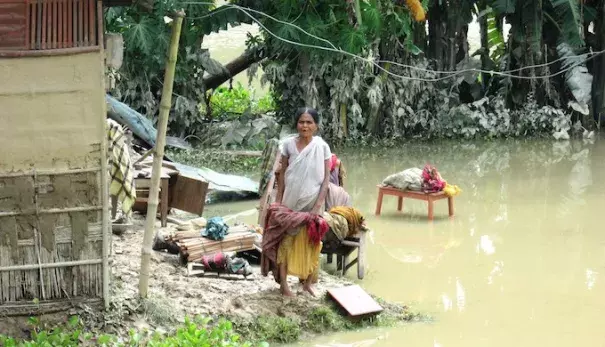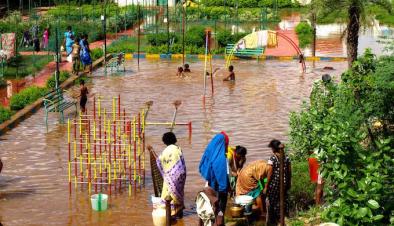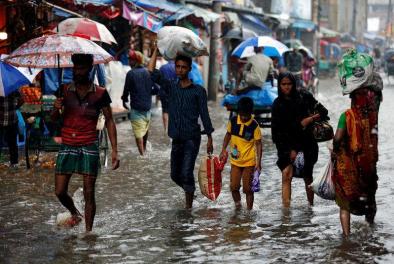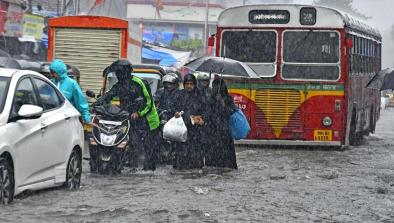Everything about the monsoon is changing

In the middle of a monsoon season that has produced floods in the northwest and northeast India with deficit rainfall over peninsular India for the third year in a row, a new academic paper submitted to Nature Communications journal says rainfall extremes have increased threefold over the last three years and now extend over all of central India, from Gujarat to Odisha.
The floods of 2017 are quite consistent with this, in terms of their moisture supply deriving from northern Arabian Sea and not from depressions originating from the Bay of Bengal, as one would usually expect.
The paper, written by Roxy Mathew Koll of the Indian Institute of Tropical Meteorology in Pune and by me, also says early monsoon onset tends to bring bountiful rainfall whereas delayed onset is almost never associated with better than average rainfall, when you look at the total rainfall over the entire monsoon season from June to September.
The onset of the monsoon has been delayed almost every year since 1976, when there was a regime shift in climate around the world. This shift was from a weak to a strong El Niño period and was manifest all around the globe. El Niño is the disturbance off the Chilean coast that affects the global climate.
Since 1976, the monsoon withdrawal has also moved up by almost a week from the end of September. So, the length of the rainy season has been compressed. This is in addition to the approximately 10% downward trend in All India Monsoon Rainfall (AIMR) since 1950. The spatial variability of monsoon rainfall has also increased since the 1950s.
...
Climate change effect
During the monsoon season, there are so-called break periods, when there is hardly any rainfall. These periods tend to be random. They are associated with systems moving northwards from the equatorial region.
All available data and models blended with data (known as reanalysis) indicate that global warming is shortening the length of the active periods, when it does rain, while lengthening the break periods. They also indicate that climate change is decreasing the extremes in the active periods while increasing them in the break periods.
Just about everything about the monsoon is changing — rainfall intensity, duration, frequency and spatial distribution.
We cannot be entirely sure if all this is in response to global warming — in which case it can be permanent and accelerate — or if the monsoon system will revert to a more normal state. Till we have many more years of data and reanalysis, a complete separation of the global warming impact from natural climate variability such as due to El Niño may not be possible.
The key question right now is whether the shortened length of the rainy season (LRS) can by itself lead to increased monsoon extremes by trying to squeeze similar amount of rainfall into a shorter period; or whether global warming is causing shifts in duration, intensity and frequency of rainfall.
Related Content





